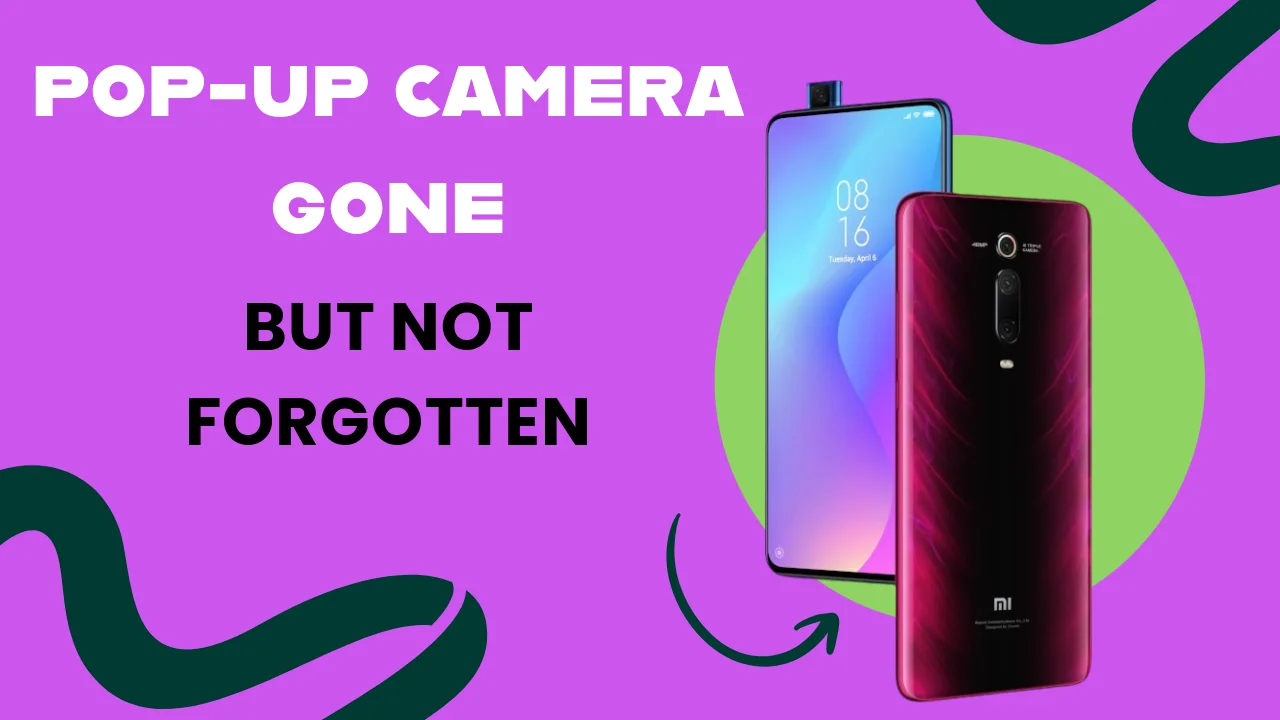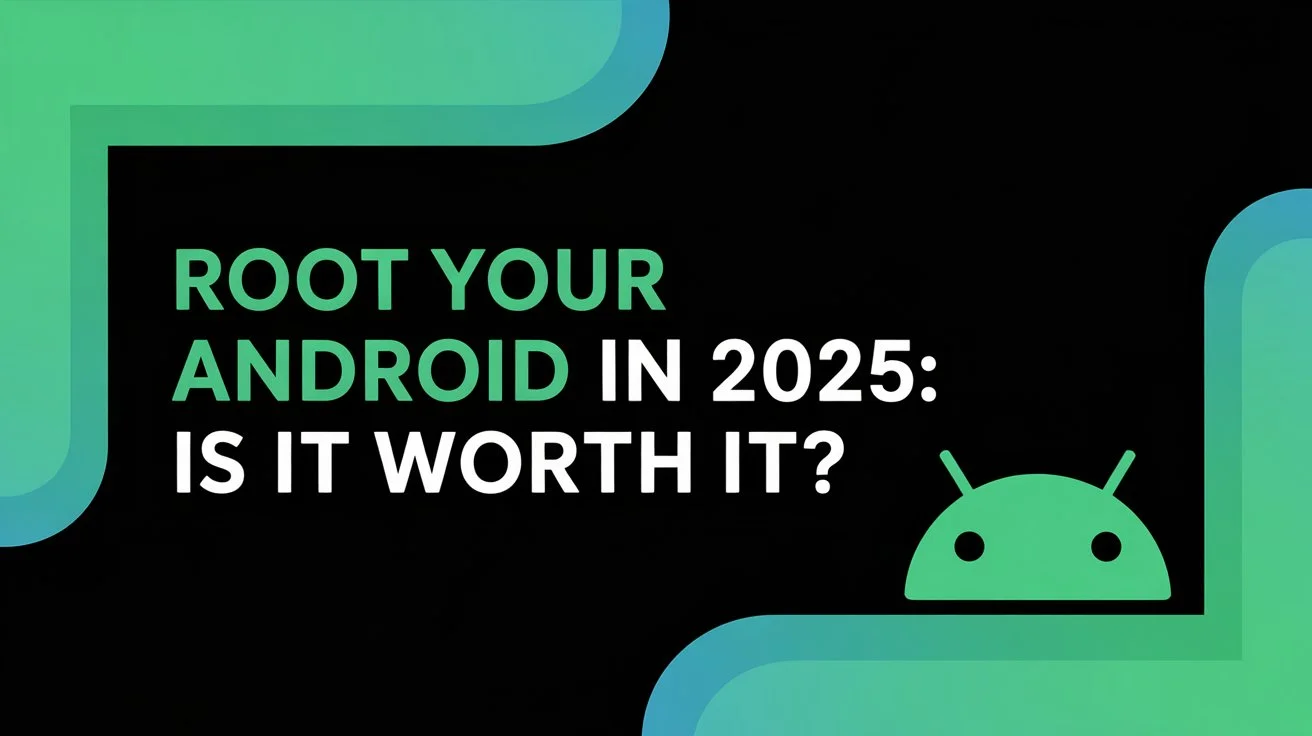When we talk about the biggest failure in Apple’s history, the Apple Vision Pro failure surprisingly tops the list — a product once hailed as the future of computing has now quietly faded from public discussion. But what exactly went wrong?
Table of Contents
The Hype Around Apple Vision Pro
Apple unveiled the Vision Pro AR/VR headset with massive fanfare in early 2024. Touted as a groundbreaking leap in mixed reality technology, the device promised to revolutionize how we work, consume content, and interact with the digital world—just as the iPhone did in 2007.
The tech community was initially blown away. Demos left people in awe, and influencers flooded YouTube and TikTok with reactions and unboxings. The Apple Vision Pro looked sleek, futuristic, and powerful.
But fast forward to 2025, and Apple itself has become eerily silent about the product.
Main Reasons Behind the Apple Vision Pro Failure
Here are some key reasons behind the Apple Vision Pro failure:
1. Limited Availability and Market Secrecy
Apple only launched the Vision Pro in select countries, claiming it was a “first-generation product.” While that’s typical for Apple, the secrecy around sales data and updates hinted at poor market reception.
2. Unclear Use Case
The biggest issue with Vision Pro is that it tried to solve a problem that didn’t exist. The product lacked a clear use case for everyday consumers. People already have laptops, smartphones, and tablets that perform similar tasks more conveniently.
3. Cumbersome Design
Despite its beautiful display and build quality, the Vision Pro was bulky and heavy. Wearing it for longer than 15–20 minutes caused discomfort for many users.
4. Poor Battery Life
A premium product that lasts only 2 hours on a full charge isn’t exactly practical. The battery limitations significantly reduced its appeal as a daily-use device.
5. Pricing Barrier
Starting at a jaw-dropping price point of $3,499, the Apple Vision Pro price put it out of reach for most users. And for that price, it didn’t offer a revolutionary experience — just a futuristic one.
Apple’s Response: What About Vision Pro 2?
Leaks and rumors suggest that Apple is already working on Vision Pro 2, which may be lighter, more integrated with iPhones and MacBooks, and possibly designed in a glasses-like form factor. Apple seems to have realized that a massive headset isn’t the future—it’s a transition.
The goal now is likely to make AR glasses that are stylish, lightweight, and functional — just like how the Meta Ray-Ban smart glasses are gaining traction for blending fashion with utility.
The Broader Wearable Tech Landscape
Apple isn’t the only player in this game. Companies like Google, Meta, and Qualcomm are heavily invested in XR (Extended Reality) technologies.
But so far, even previous entrants like Microsoft HoloLens and Oculus haven’t made AR/VR headsets mainstream. Why? Because most of these products still serve niche industries like automotive design, 3D modeling, and corporate training.
On the other hand, smart glasses with real-life utility, like translation or voice assistants, have more potential for widespread adoption.
Lessons from Other Wearables
Take a look at the wearables evolution:
- TWS earbuds took off because wired earphones disappeared.
- Smartwatches saw a dip as cheaper models couldn’t deliver lasting value, leading users to go back to traditional watches.
- Fitness rings and bands remain niche due to limited appeal outside health-conscious circles.
The same risk applies to AR/VR headsets — if there’s no strong everyday utility, they won’t stick.
Conclusion: A Future Still in the Making
The Apple Vision Pro failure wasn’t due to bad engineering. It was a visionary product released too soon, with poor real-world practicality and an unclear value proposition. Apple misjudged the market’s readiness.
But as history shows, Apple often learns from early missteps. Whether Vision Pro 2 becomes the breakthrough device we all hoped for remains to be seen.
What’s clear is this: Wearable technology will evolve, but not in the form of oversized headsets. Instead, AR glasses, AI-powered wearables, and lifestyle-based tech accessories might just redefine the category.
FAQs
Q: Why did Apple Vision Pro fail?
A: Poor battery life, high pricing, lack of clear use cases, and its bulky design contributed to its failure.
Q: Will there be a Vision Pro 2?
A: Yes, leaks suggest Vision Pro 2 will be lighter and better integrated with Apple devices.
Q: Is wearable technology the future?
A: Yes, but it’s shifting towards smart glasses, rings, and minimal lifestyle wearables rather than bulky headsets.





